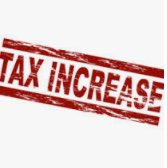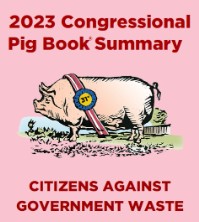
The research on Presidential candidates and where they stand is a must read provided by the Tax Foundation. TaxConnections highly recommends you take the time to read the research provided by this non profit comprised of researchers and the best of the tax profession. According to the Tax Foundation, Tax policy has become a significant focus of the U.S. 2024 presidential election. The Tax Foundation has created this tool to keep track of the tax policies proposed by presidential candidates during their campaigns. It is smart to pay attention to the Tax Foundation site.
Joe Biden, under his proposed budget for fiscal year 2024, would increase tax rates on corporate, individual, and capital gains income; expand tax credits for workers and families; and expand tax bases to include more types of income.
Business Taxes:
- Increase the corporate income tax rate to 28 percent. Read more
- Increase the global intangible low-taxed income (GILTI) tax rate from 10.5 percent to 21 percent and repeal the reduced tax rate on foreign-derived intangible income (FDII). Read more
- Repeal the base erosion and anti-abuse tax (BEAT) and replace it with an undertaxed profits rule (UTPR) consistent with the OECD/G20 global minimum tax model rules. Read more
- Expand the net investment income tax to non-passive business income. Read more
- Raise taxes on the fossil fuel industry. Read more
Capital Gains and Dividend Taxes:
- Tax long-term capital gains and qualified dividends at ordinary income tax rates for taxable income above $1 million and tax unrealized capital gains at death above a $5 million exemption ($10 million for joint filers). Read more
- Tax carried interest as ordinary income. Read more
- Impose a minimum effective tax rate of 20 percent on an expanded measure of income including unrealized capital gains for households with net wealth above $100 million. Read more
Credits, Deductions, and Exemptions:
- Make the Child Tax Credit fully refundable on a permanent basis. Read more
- Increase the Child Tax Credit to $3,600 for young children and $3,000 for older children, make it fully refundable, and make other changes, on a temporary basis. Read more
- Increase the Earned Income Tax Credit for workers without qualifying children on a permanent basis. Read more
- Expand premium tax credits on a permanent basis. Read more




















Recent Comments